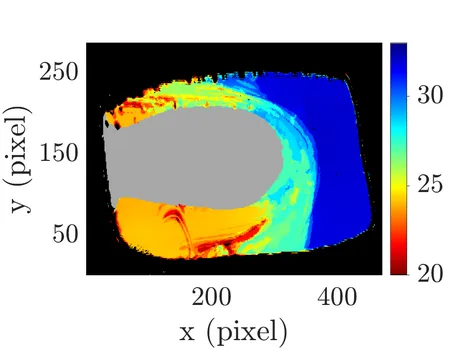A Dynamic Networks consists of a number of nodes that exhibit certain, e.g. oscillatory dynamics, and connections between the nodes. They are important in various fields, including biology, medicine, chemistry, machine control, and sociology. In an Adaptive Network, the connection strength between the nodes depends on the state of the nodes and can therefore change over time. Adaptive Networks have gained particular attention due to their importance in neuroscience, but their occurrence is by far more diverse, as recent studies in Energy Science, for example, electrical power grid.
In our studies of silicon electrodissolution, we have observed multifrequency clusters, a type of emergent behavior known to be found in oscillatory adaptive networks. The existence of multifrequency clusters therefore suggests an underlying adaptive network structure in the oscillatory electrodissolution of silicon. The silicon electrodissolution thus seems to be an physical ‘table top’ experiment that allows for the experimental study of the dynamics of adaptively coupled oscillatory system.
Based on these results, our studies on adaptively coupled networks proceed in two directions. First, we investigate the nature of the adaptive coupling in the experimental system in detail to create a prototypical experimental system that provides insight into the types of dynamic states that can arise from adaptive coupling and enables a qualified comparison with theoretical predictions. Second, we analyze adaptive networks with prototypical oscillatory dynamics of the nodes (phase oscillators, amplitude oscillators) to gain insight into the mechanisms and bifurcation structure that generate the different emergent states in adaptive networks.
Recent publications
M. Patzauer and K. Krischer
Self-Organized Multifrequency Clusters in an Oscillating Electrochemical System with Strong Nonlinear Coupling
Phys. Rev. Lett. 126, 194101
